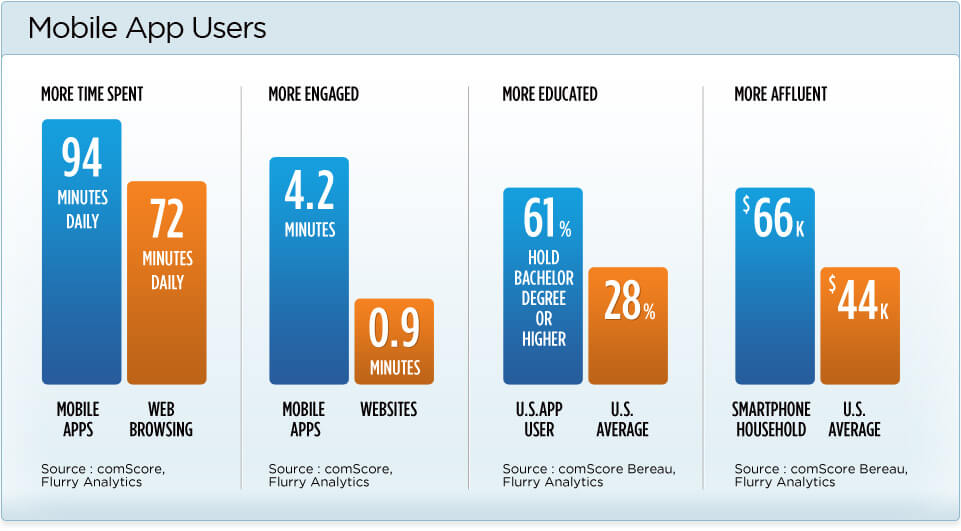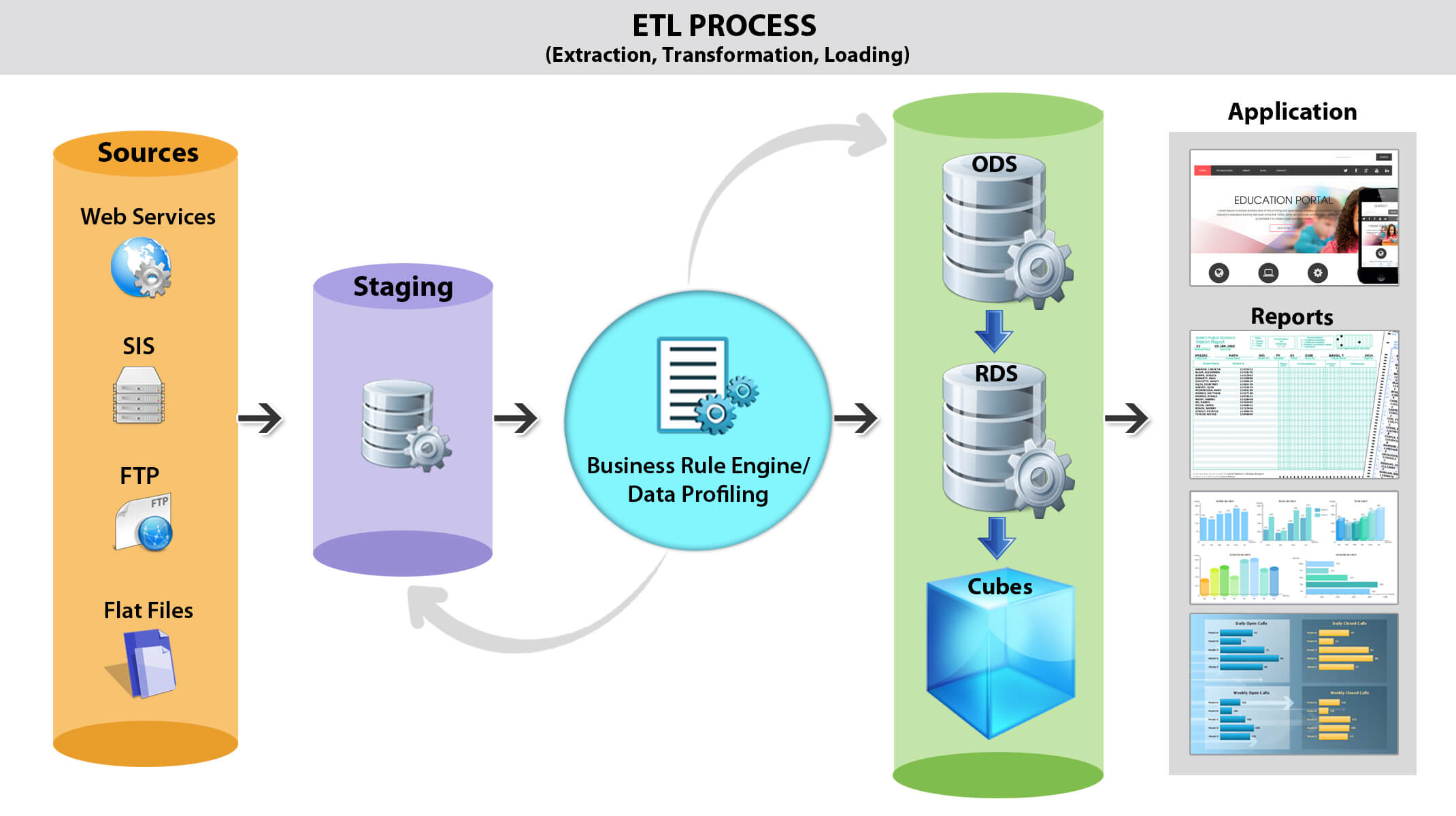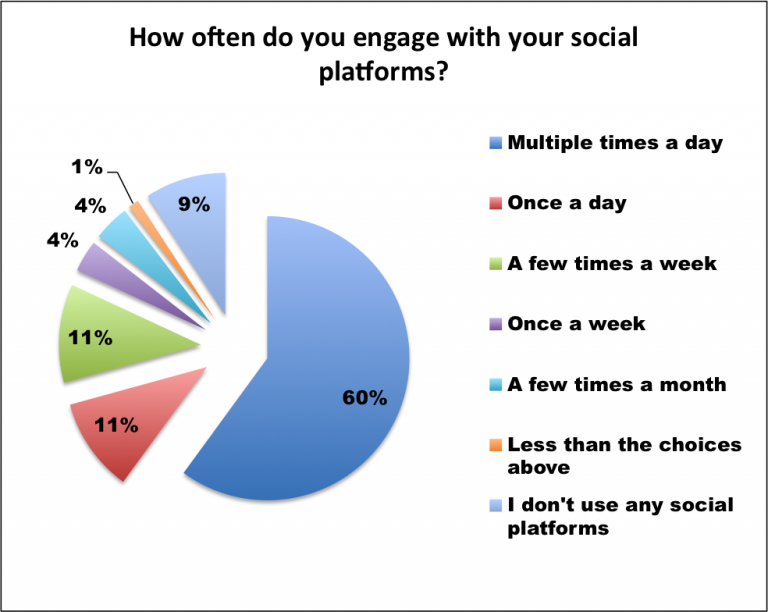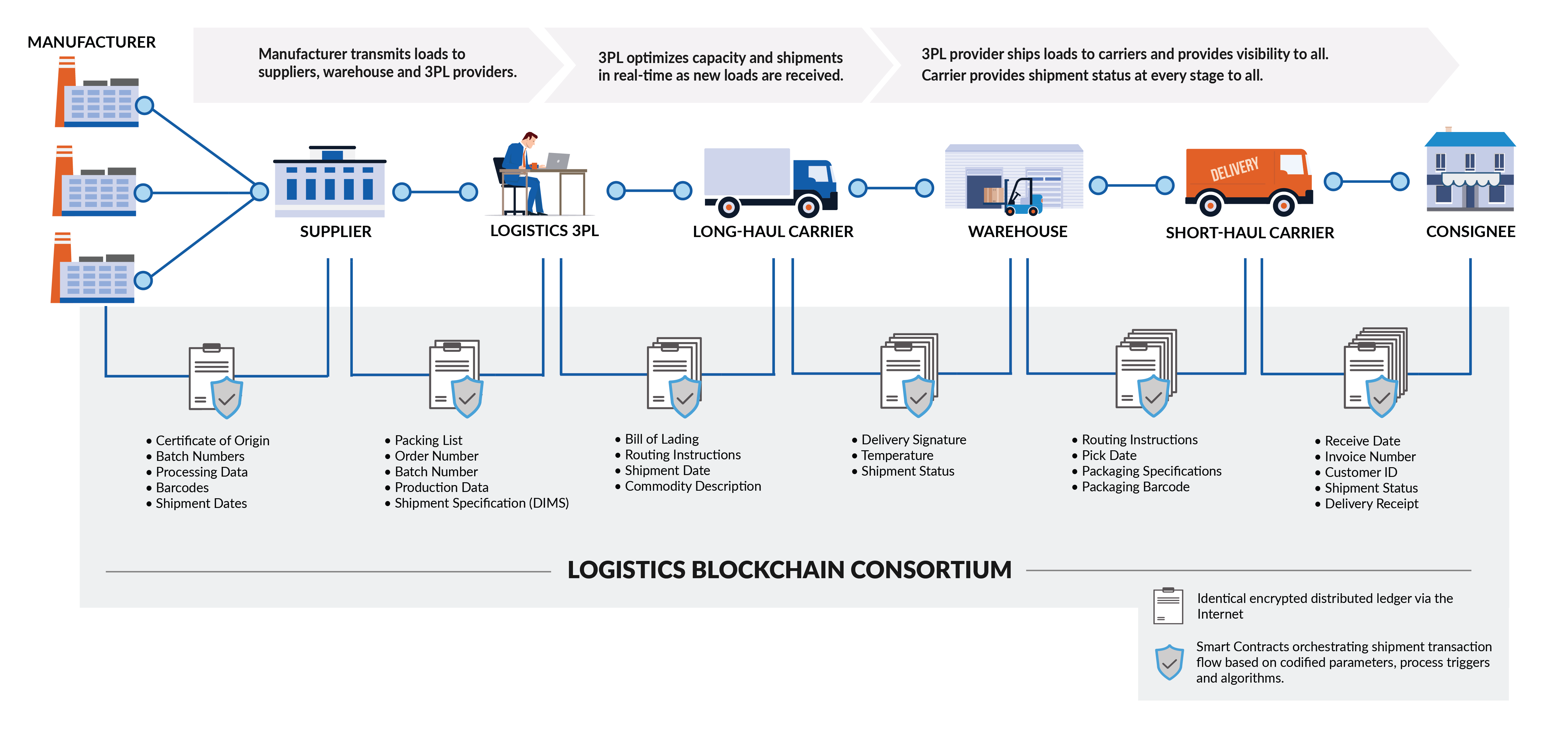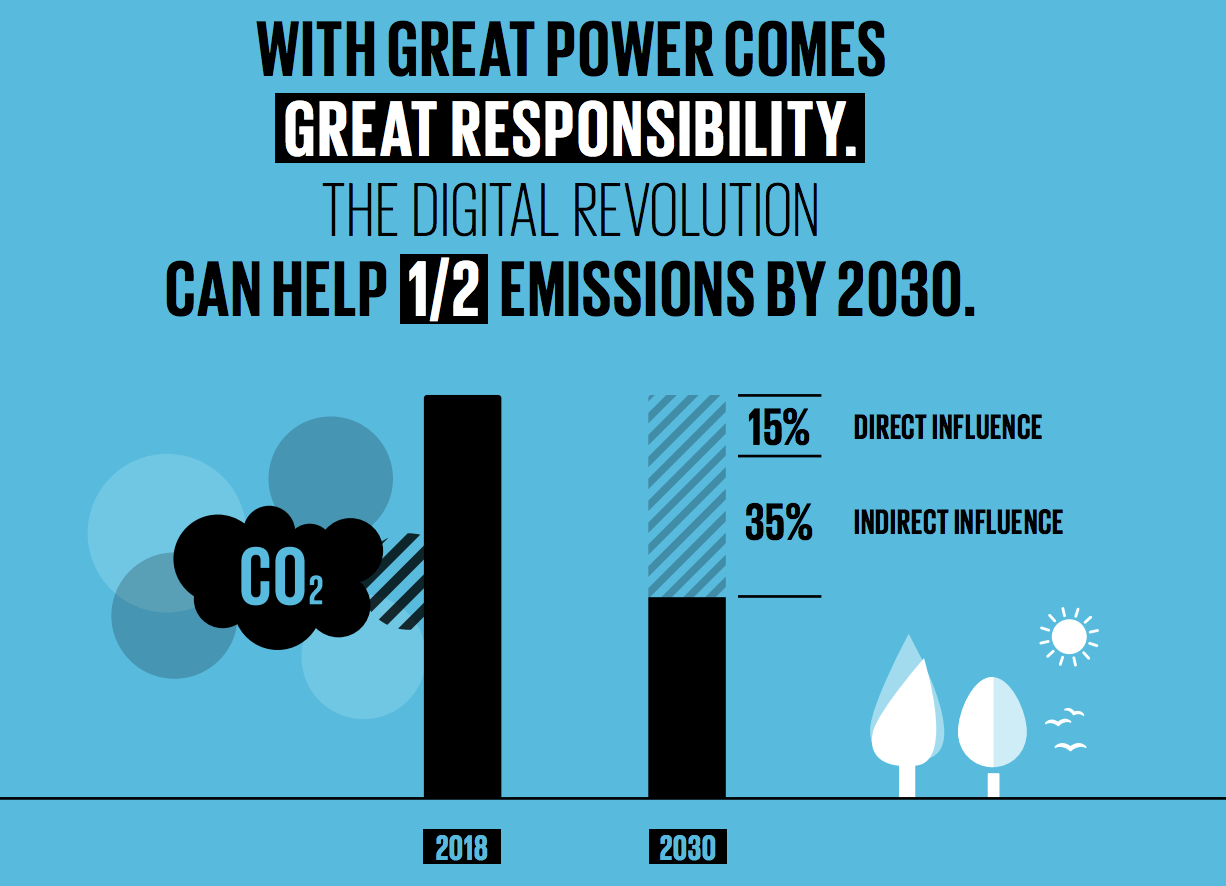Ndimension Labs helps its customer on business planing and Product Marketing Strategy
In order for businesses to win market share and stay relevant they need to consider many types of marketing strategies. Each marketing strategy can communicate to a target market the benefits and features of a product.
Marketing strategies can also communicate an overall value to their customers. In many cases, this is the core of building equity or good will in your target markets.
Product Marketing Deliverables
The tangible results of a product marketer’s work typically include:
- Buyer personas that provide structure and insight for a company.
- Positioning and messaging that that attracts and converts prospects and leads.
- Sales entanglement materials that help reps close more deals.
- Competitive intelligence that gives the team a deep understanding of the market.
- Go-to-market strategy and launch plans that outline in detail how the product will be promoted and sold.
Close Range Marketing (CRM)
Use Wifi or bluetooth to send promotional messages of their products and services to their customers’ smartphones and tablets at close proximity. Close Range Marketing is also known as Proximity Marketing.
Relationship Marketing
Many companies focus on building relationships with their customers instead of always exclusive trying to sell them something (transactional marketing). Customers who love your brand more will also spend more money with your brand. Many traditional retailers have found this to be true. Walgreens has seen that customers who buy from all of their purchasing channels (store, web, mobile, etc) buy up to six times more than the average customer that only buys in their store.
Transactional Marketing
Driving sales can be challenging, especially for retailers that have to consistently sell products in high volume to consumers. In order to stay with the demands of investors, retailers have to encourage consumers to buy using coupons, discounts, liquidations, and sales events. High volume big-box retailers like Target are constantly running promotional events in order to get interested consumers into their stores.
Call to Action (CTA) Marketing
CTA Marketing refers to methods of converting web traffic into leads or sales on websites using text, graphics, or other elements of web design. Conversion strategies help improve the percentage of online visitors who become customers or who join the mailing list.
Social Media Marketing
Social media sites like Facebook and Twitter offer a unique opportunity for savvy businesses willing to invest in customer engagement. Social media marketing is still in its infancy but is growing up rather quickly. Companies like Southwest Airlines have departments of over 30 people whose primary responsibility is to actively engage with customers on social media.
Cross-Media Marketing
Provide customers information through multiple channels like email, physical mail, websites, and print and online advertisements to cross promote your products and services.
B2B Marketing
Business-to-business marketing is a marketing practice of individuals or organizations (including commercial businesses, governments, and other institutions). It allows businesses to sell products or services to other companies or organizations that in turn resell the same products or services, use them to augment their own products or services, or use them to support their internal operations. International Business Machines is a well known B2B marketer. IBM’s business has grown because taking a very intelligent approach at marketing their products to other business and governments around the world.
There are following plan that involve in the stages while launching a product.
- Stage #1. Customer Development Pre-launch, a product marketers job is to play a key role in defining the target market and understanding the potential customer.
- Stage #2. Positioning & Messaging After customer development, it’s the product marketer’s job to turn those learnings into something actionable. This typically comes in the form of a positioning document or a list of key messages. Product marketers try to answer these three questions with their positioning: Who is this product for? What does this product do? Why is this product different than what’s out there?
- Stage #3. Teaching Out Positioning & Messaging Now that positioning and messaging has been developed, it’s the product marketers job to make sure that everyone at the company knows it. Positioning won’t stick unless everyone is on the same page, so it’s important for product marketers to get buy-in and teach out they key messages across the organization.
- Stage #4. Creating A Launch Plan Product marketers own the creation of a launch plan, which typically involves various teams from across an organization, including traditional marketing, sales, support and more. At the end of the day, most product marketers are measured on demand (whether it be new signups, cross-sells or feature adoption) so creating an effective launch plan is critical to a successful launch.
- Stage #5. Creating Launch Content Launch content is the glue to any launch plan. Product marketers will work with almost every team inside of an organization on launch content, including everything from demo decks to product screenshots, sales materials, blog content, landing pages and website updates.
- Stage #6. Preparing The Team Internal communication can be just as important as external communication for a product launch. It’s the product marketer’s job to make sure the entire time is prepped and ready to go before launch. This usually means everything from making sure the website is ready to go live to making sure that the support team is ready to field calls.
- Stage #7. Launch The launch is the defining moment for a product marketer. This is when the rubber meets the road and customers start coming in — but the best product marketers are ready to adjust everything for a launch on the fly.
The physical environment where the goods/services are presented
The physical environment where your products or services are sold and delivered can have a significant impact on how your customers’ experience your business. The physical environment can be the quality of the furnishings in your consulting rooms, the design of your reception area or website.
Creating a positive physical environment doesn’t have to be costly – a vase full of fresh flowers or a creative window display can make a big difference.







